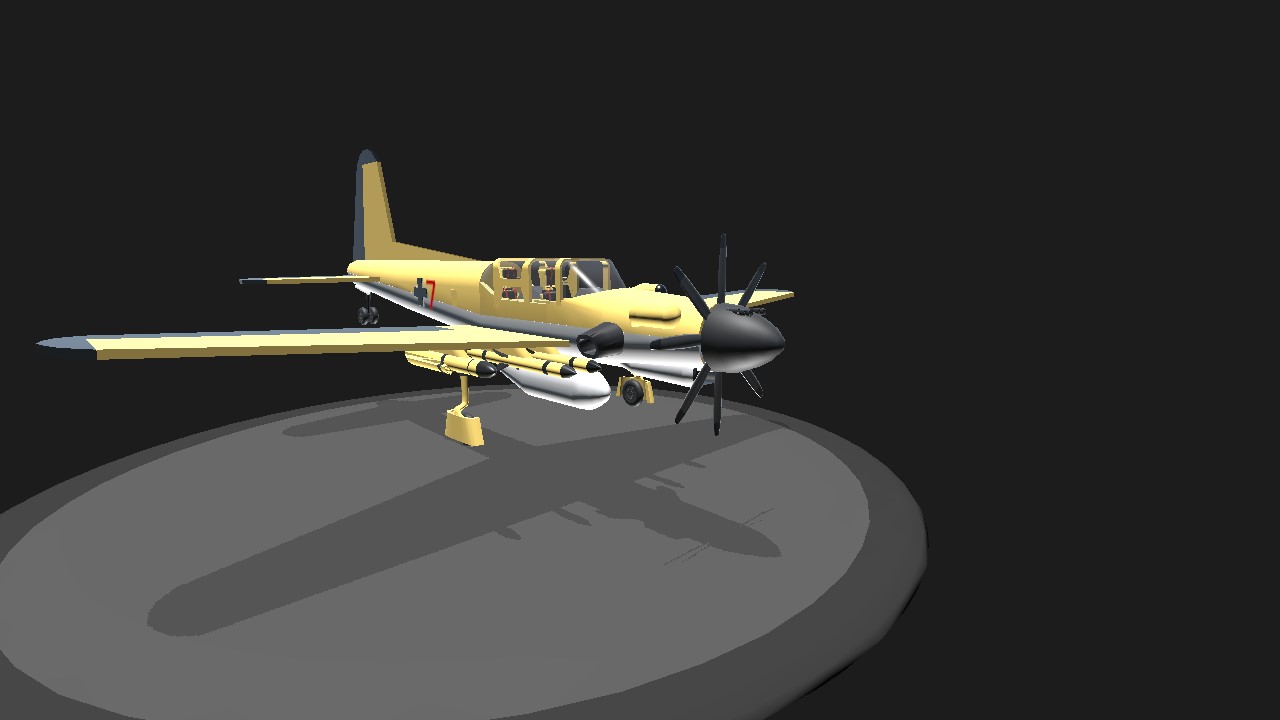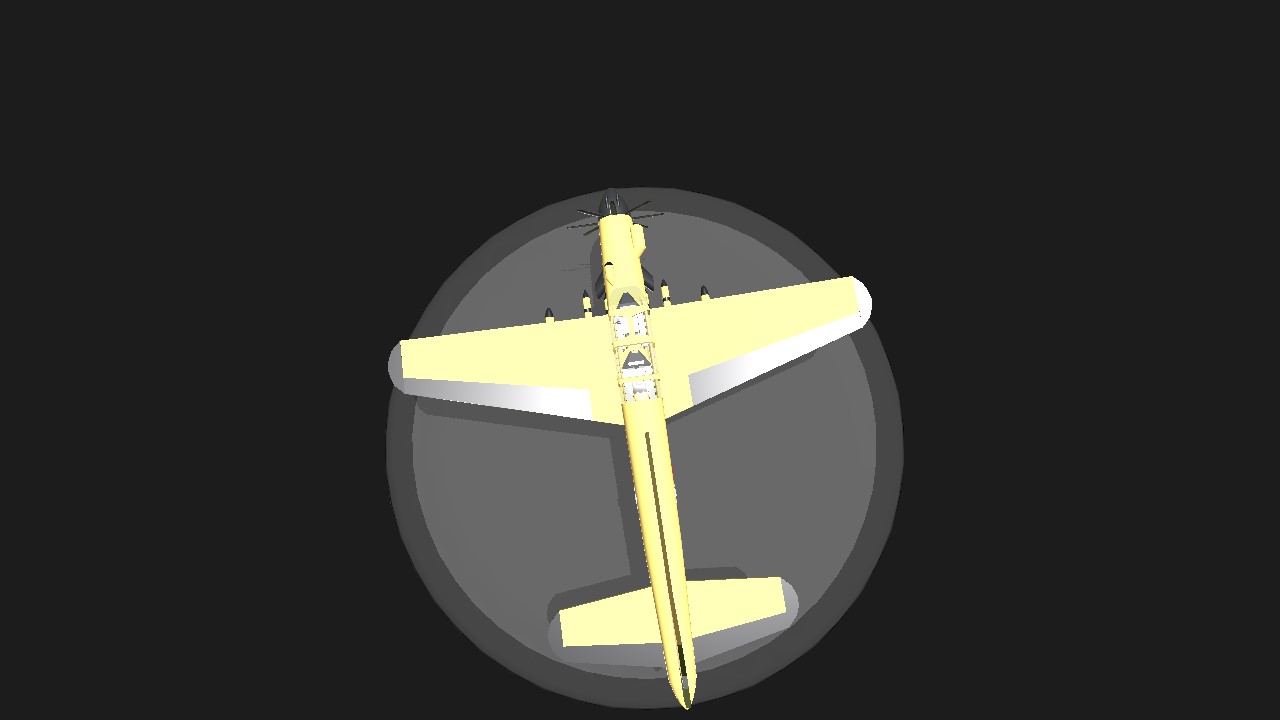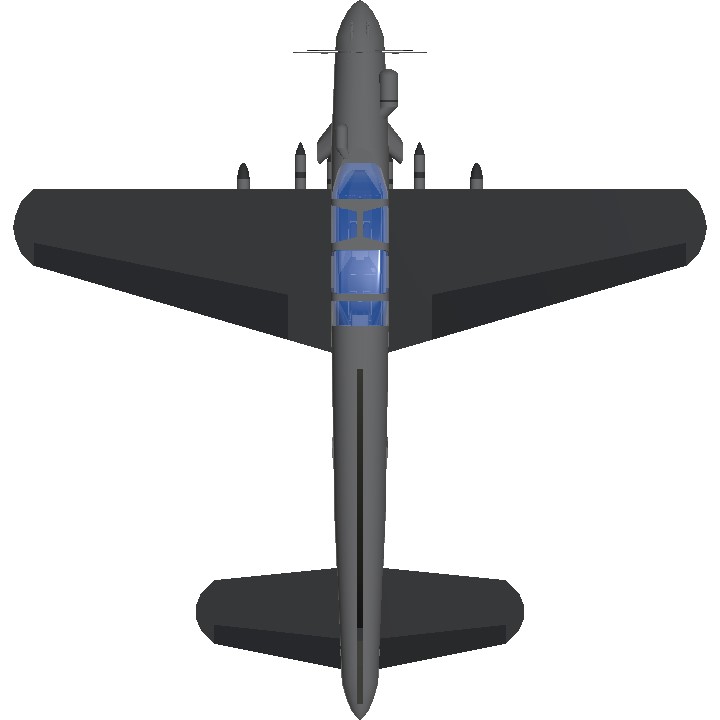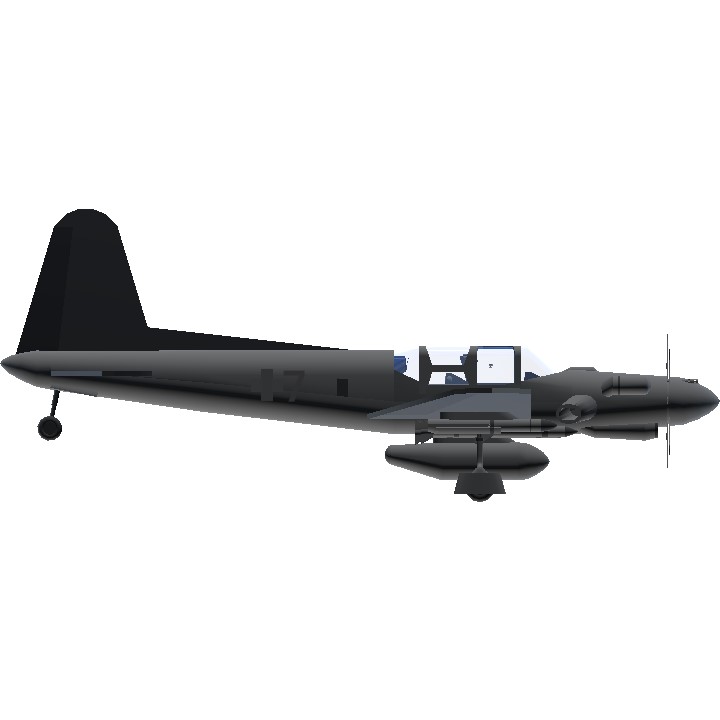(What if the war had never ended, causing turboprop engines to gain favor with the military forces?)
The Reichskrafte Jager R-44 Blitz began development in early 1948 with the aim of reusing as much of the machinery used in the production of the BF-109 G as a cost-effective response against more modern Allied aircraft such as the F-39 ThunderHawk After the technological disaster of ME-262 and HE-162. The first prototype designated J-102 took flight on January 12, 1949, initially being just a BF-109 with a BMW Jager EF358 turbine with a pair of counter-rotating propellers producing around 3850 horsepower at sea level and serving as test platforms for in-flight refueling. Entering production in August 1950, the R-44 E-1 was originally equipped only with radar and MG-235 27mm cannon with hardpoints for bombs and spare tanks being upgraded in 1953 to the R-44 F-1 to operate with a new radar system and the rudimentary JR-24 Spalter radar guided air-to-air missiles which were functional but only efficient against large targets since they depended on direct contact for detonation.
Specifications
General Characteristics
- Created On Android
- Wingspan 44.9ft (13.7m)
- Length 46.5ft (14.2m)
- Height 19.5ft (5.9m)
- Empty Weight 18,435lbs (8,361kg)
- Loaded Weight 22,732lbs (10,311kg)
Performance
- Power/Weight Ratio 0.222
- Horse Power/Weight Ratio 0.175
- Wing Loading 46.4lbs/ft2 (226.6kg/m2)
- Wing Area 489.8ft2 (45.5m2)
- Drag Points 3719
Parts
- Number of Parts 133
- Control Surfaces 5
- Performance Cost 773






